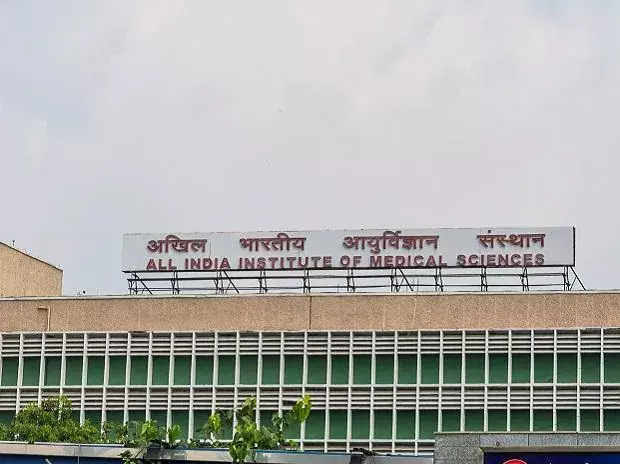In India, there have been two notable advances in the field of 5G recently. The first is that, according to recent media sources, the 5G spectrum auction would be postponed from this year to early 2022.
This will put the deployment of 5G services until the second half of 2022 or early 2023 at the earliest. The second is that, with the approval of its trials, the industry has finally obtained a spectrum to undertake the trials, though with a few riders and restrictions.
While India has historically been slow to adopt new communications standards, the country intended to lead the way in the rollout of 5G and enhance its engagement in standard-setting. These were hardly unrealistic ambitions for the world’s second-largest telecom market.
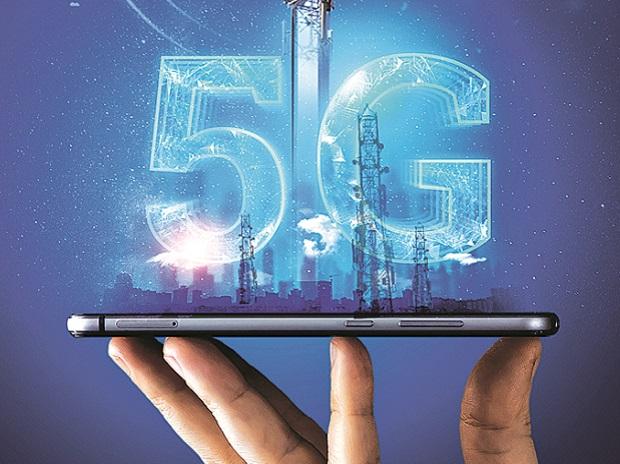
In 2018, India established a High-Level Committee to identify use cases tailored to India. The government has also put aside INR224 million to establish an end-to-end testbed in collaboration with some of the country’s leading engineering schools. For India, these were all firsts.
So, the delay in completing planned trials and 5G spectrum auctions is inconvenient, but what does this delay signify for the industry, other than India missing the early 5G bus?
What are the benefits of using cases?
The main issue, and the true reason why there isn’t much pressure on the government to speed up 5G deployment, is that the technology doesn’t appear to have any obvious use cases or even the promise of higher ARPU right now.
Experts believe that the delay will not cause the country to lose any actual money. “According to our research, it will only result in a 9 percent to 10% increase in ARPU [Average Revenue Per User]. Furthermore, 5G use cases are only available with the Standalone (5G SA) version, which would not have occurred if Indian telecoms had introduced it this year “Ashwinder Sethi, Principal of Analysys Mason, agrees.
In addition, even in mature and developed telecoms countries, telcos are challenging to charge a premium for its services. For example, due to poor 5G network experience in South Korea, over 500,000 of its users switched back to 4G earlier this year.

Indeed, the delay allows Indian telecoms to move directly to its SA and bypass the 5G Non-Stand Alone (NSA) step.
“This method will benefit Indian carriers because the cost of equipment will have dropped down by the time they start delivering its services,” adds Sethi.
Its early network deployments are predicated on the National Security Agency’s (NSA) focus on improved mobile broadband (eMBB). The infrastructure for its NSA is essentially the same as for 4G. Typically, telcos begin with NSA deployments before moving on to 5G SA. The majority of its use cases, including as remote surgery and self-driving cars, can be accomplished with SA.
Despite the fact that its use cases are still evolving, India’s 4G technology has matured, with over 700 million consumers expected by 2020, according to the latest Nokia MBiT research. Additionally, incumbent service providers Bharti Airtel and Vodafone Idea still have 2G and 3G consumers to migrate to the 4G network. As a result, there is still time to monetize 4G, and there is now no compelling need to upgrade to 5G.
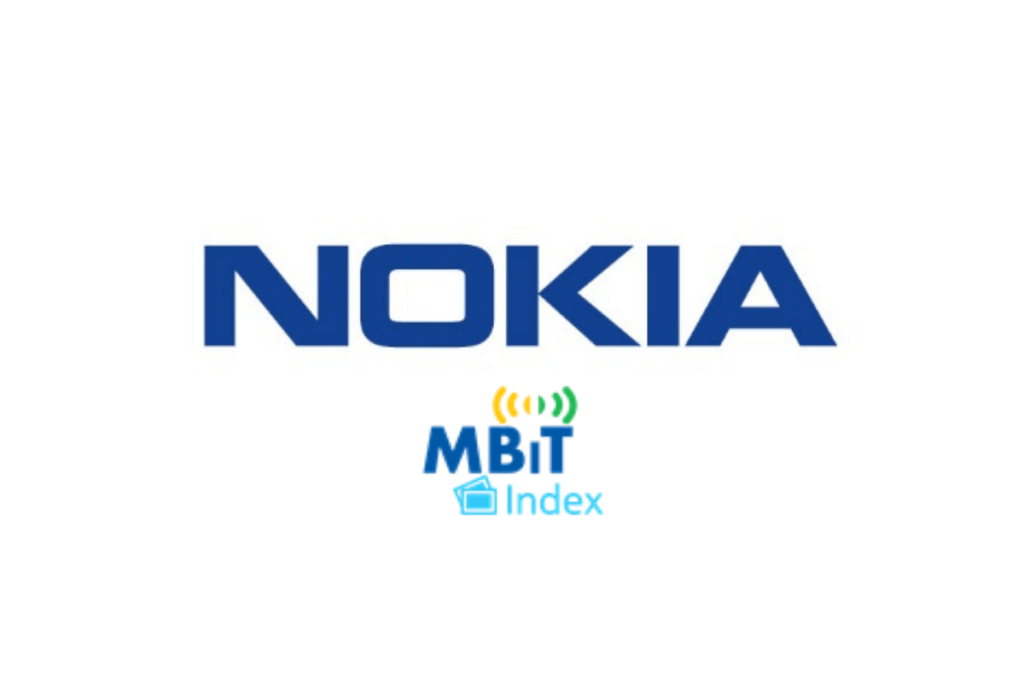
Is there a market for businesses?
As a result, NSA is the way to go if a carrier merely wants to offer faster broadband speeds. If the goal is to deliver new use cases such as Industry 4.0, service providers must choose for its SA.
The enterprise use cases are built on Massive Machine Type Communication (mMTC) and Ultra-Reliable Low Latency Communications (urLLC).
Because mMTC and urLLC use cases are not yet evolved globally, the impact on India is negligible. By the time Indian telecoms obtain a spectrum to play with it, the ecosystem is likely to be mature.
There is also an argument that a delay in its rollout should not preclude us from taking advantage of the technology’s benefits and applications. 5G-enabled private wireless networks are quickly becoming one of the most popular enterprise use cases.
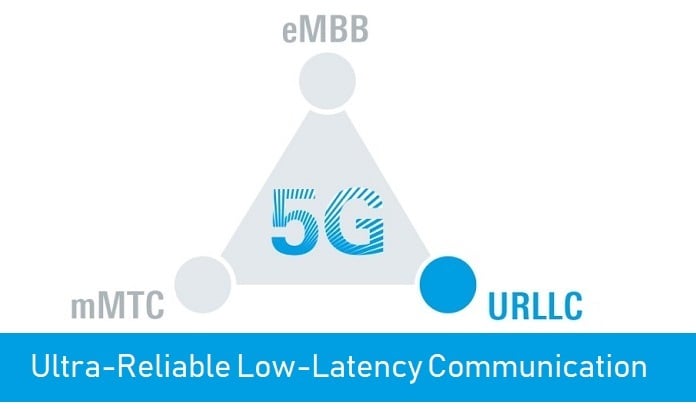
“Private 5G networks, a potent tool for digitising industry, healthcare, transportation, and other essential sectors, may be allowed to be used to boost efficiencies and production across the country. In fact, because private networks are not bound by spectrum auctions or onerous licensing/security regulations, this might have already been assisted “According to TV Ramachandran, President of the Broadband India Forum,
“For all players across numerous sectors, this could provide significant value and new opportunities. A private network can be set up by an automotive manufacturing facility (Honda/Maruti), a hospital (AIIMS), or a research institution (IIT) to improve productivity inside a factory or a logistics hub, for example “He goes on to say more.
It also has the potential to spur a new wave of 5G-enabled Internet of Things (IoT) start-ups. A dedicated spectrum for private networks has the potential to speed up company innovation and digital transformation to Industry 4.0.
5G trials: what are the pros and cons?
When the Department of Defense announced 5G experiments around three years ago, it was somewhat of a game-changer. This was primarily due to India’s lack of testing before the launch of any technology. While the tests may have made sense three years ago when the standards were being developed, they are no longer relevant now that the globe has over 200 million 5G subscribers.
“There is no longer any need for trials in India because 5G has already been adopted and deployed in 57 countries with 228.7 million subscribers, commercially released by more than 150 operators (according to GSA), and numerous use cases have been defined.
We can gain a lot from other people’s experience in constructing more reliable networks and providing better customer service, and we can jump right into commercial 5G deployment “President of the Broadband India Forum, TV Ramachandran (BIF).
Instead of running trials, telcos should concentrate on growing fiberization, which is essential to deliver a meaningful 5G experience. Only about a quarter of the country’s sites are fiberized, making it difficult for telecoms to deliver on the 5G promise.
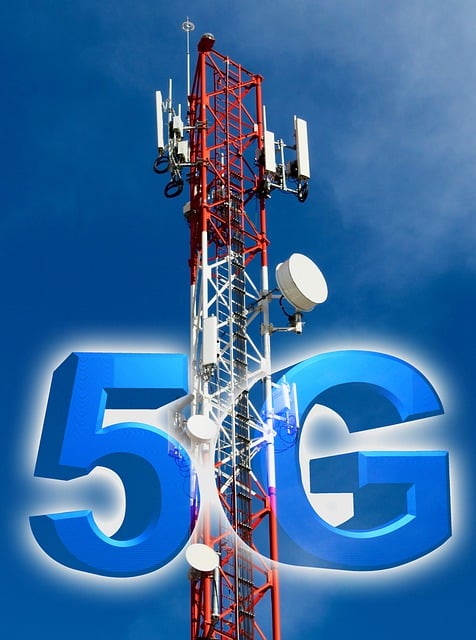
How about 5 Gigabits per second?
The government’s campaign for acceptance of the native 5G standard, 5Gi, which allows for more coverage and is especially important for rural areas, is aided by the delay in the 5G spectrum auction. Because of compatibility concerns, private telcos are adamant about not using this standard. It is also expected to raise network deployment costs, according to the telecoms.
According to Bharti Airtel, India would be ready for it only in 2022, therefore the delay is in accordance with its plans. The delay has an impact on Jio’s vendor ambitions to sell its native 5G service around the world. The established and developed markets will have adopted 5G by the time it is able to test the solution in its network, leaving the telecom with a limited chance.
While the delay benefits service providers, in the long run, there is little doubt that 5G would have allowed telecoms to give a better network experience to users, especially in these times when our reliance on communications networks is at an all-time high.
Also Read:



